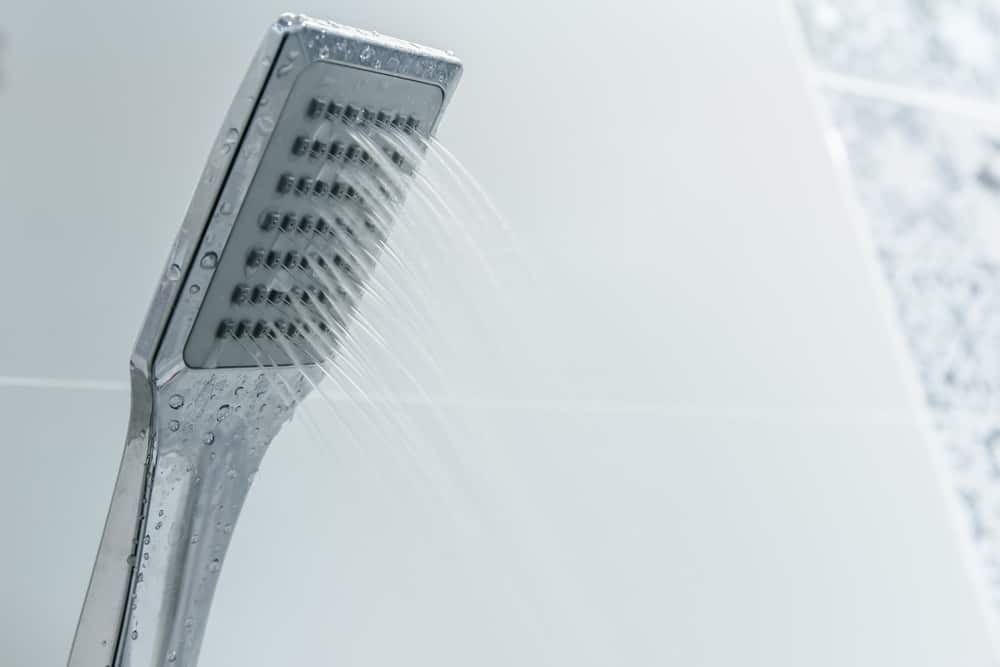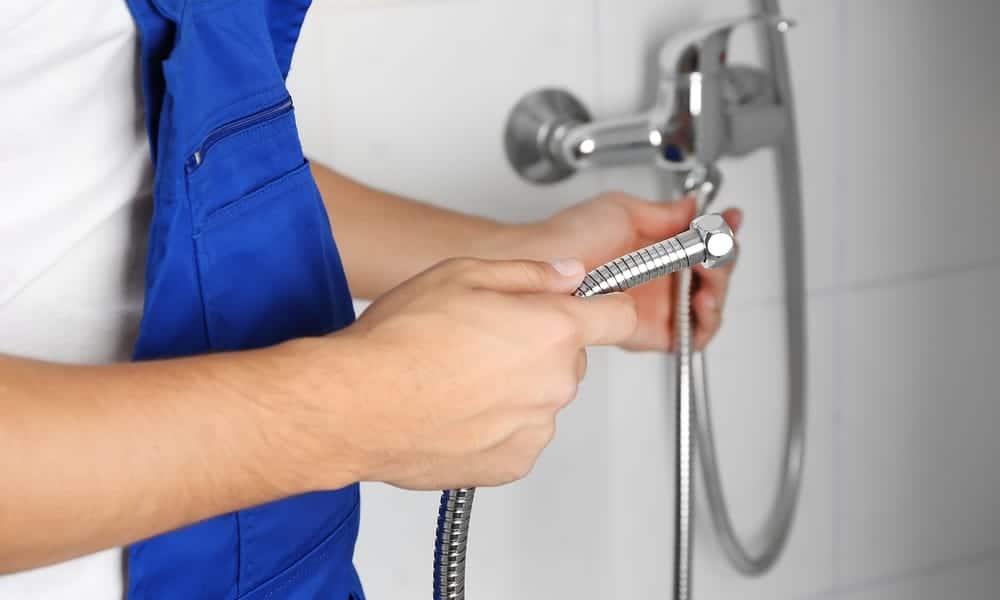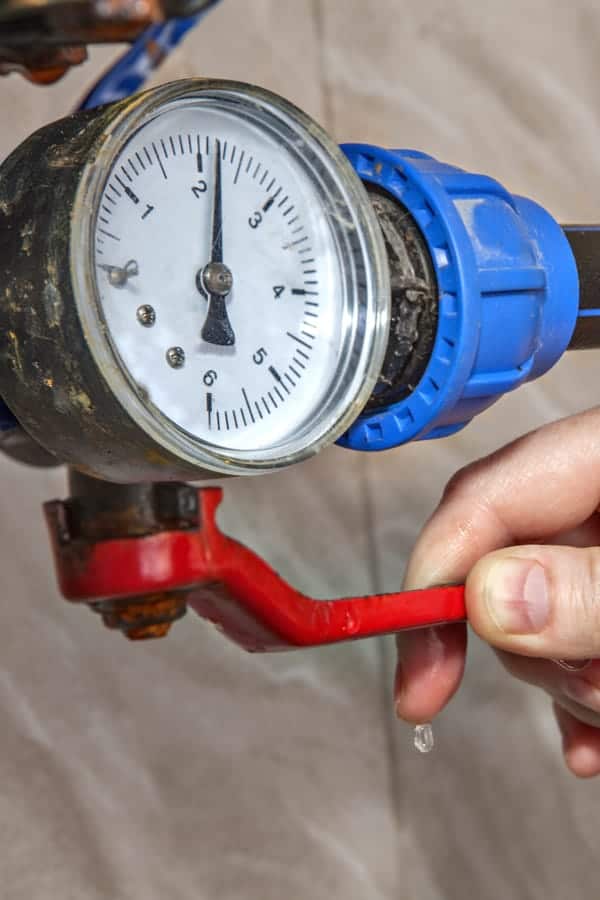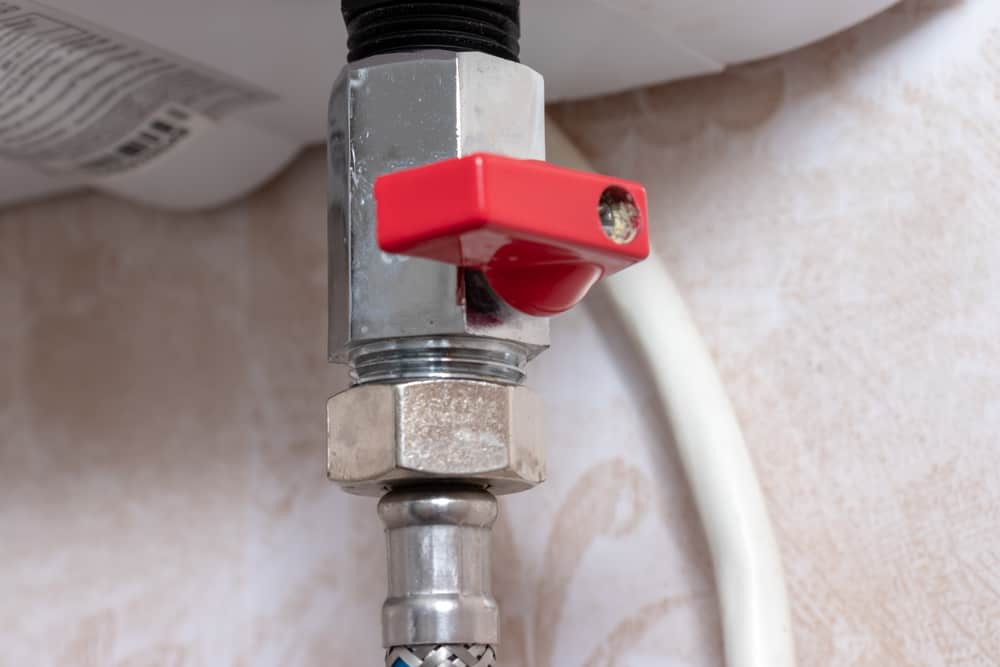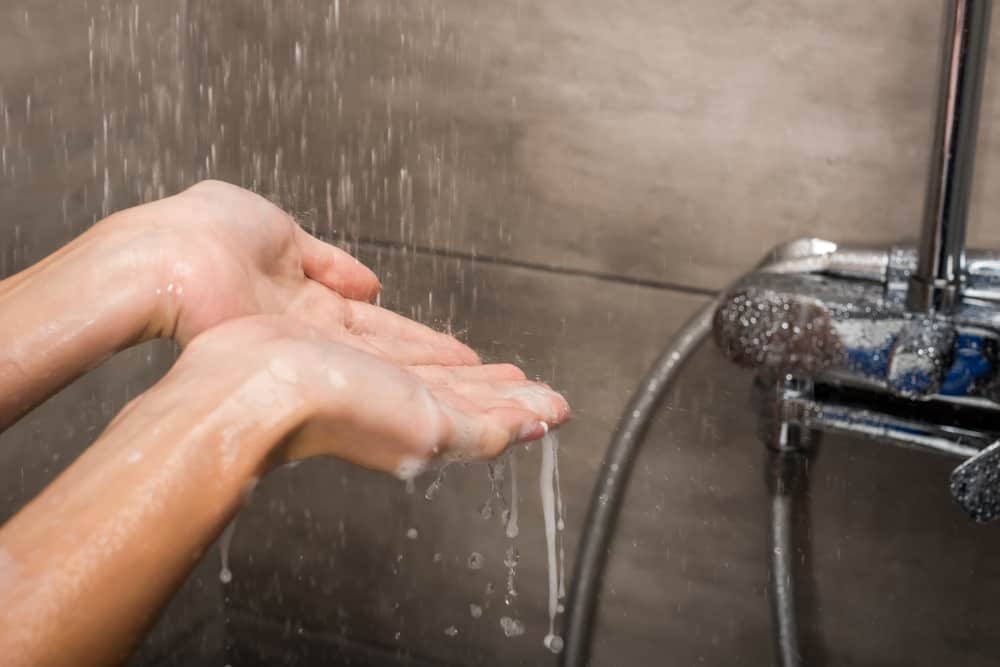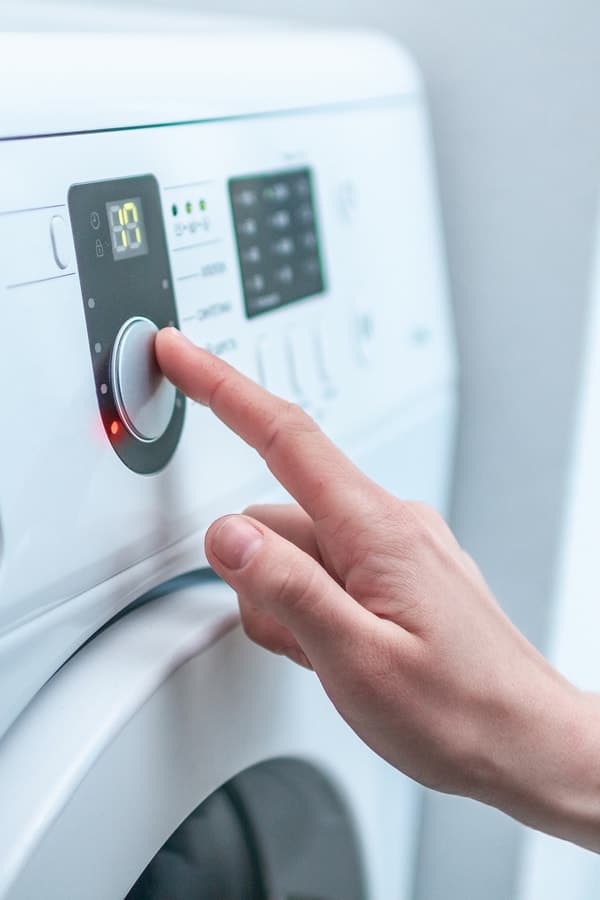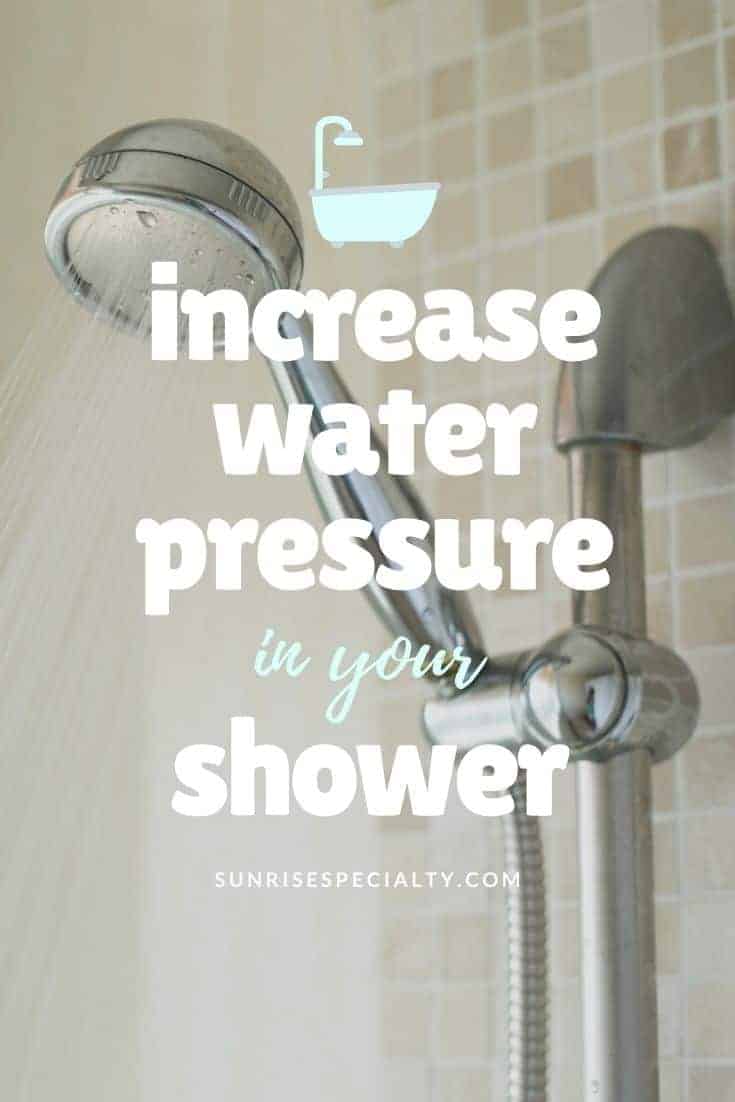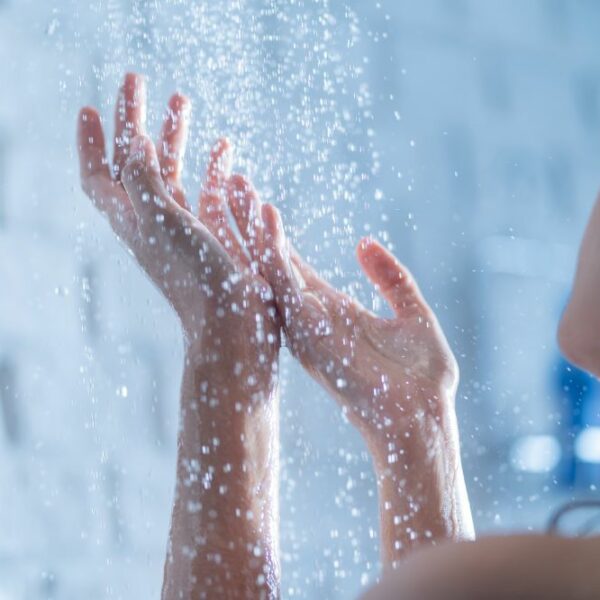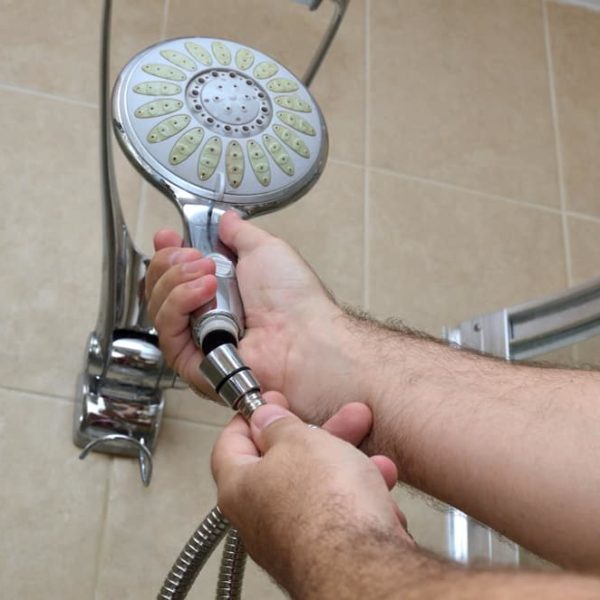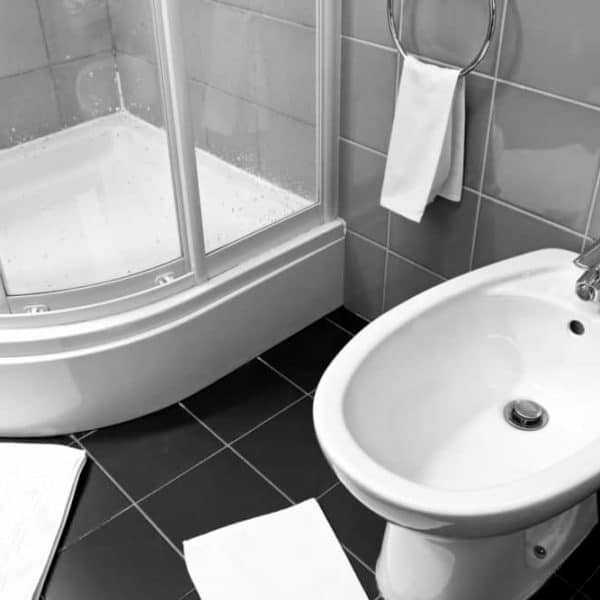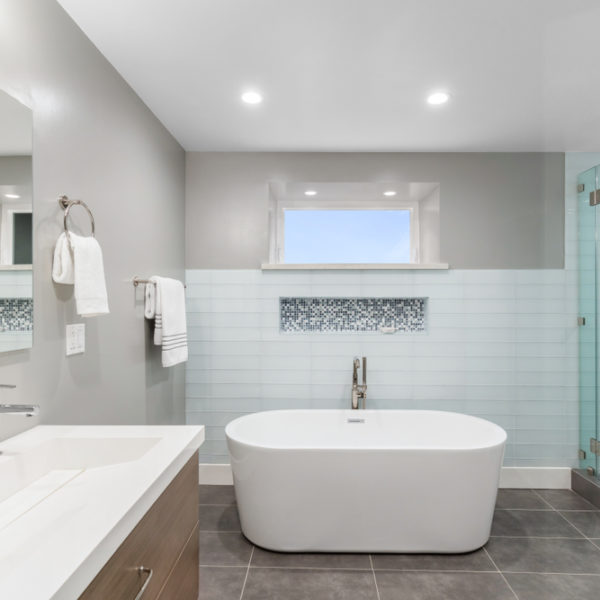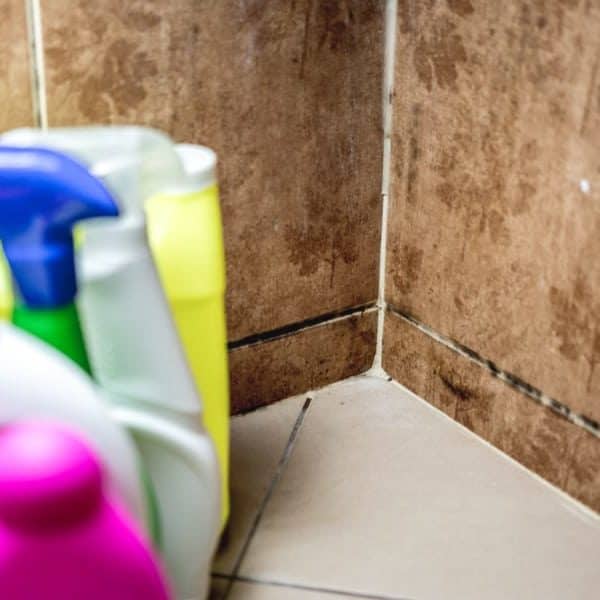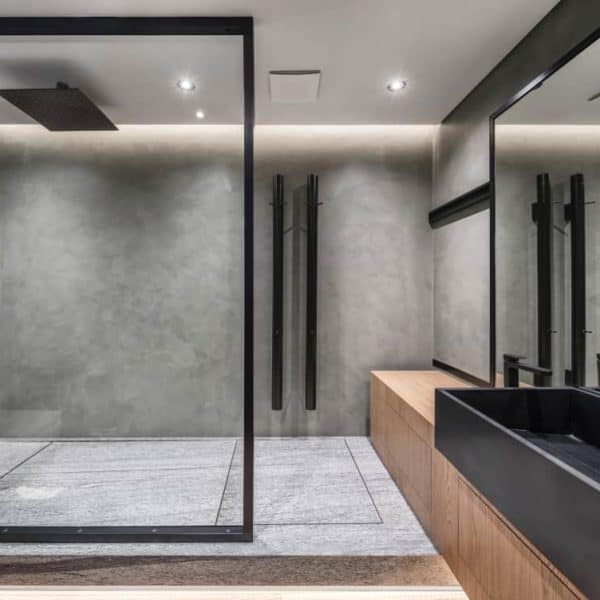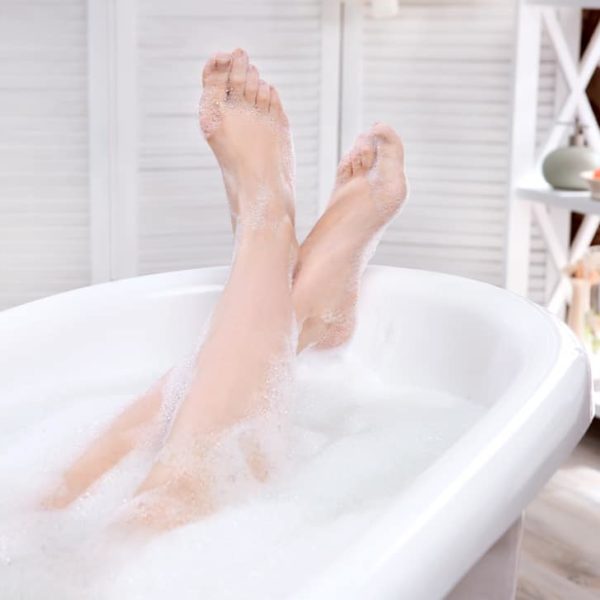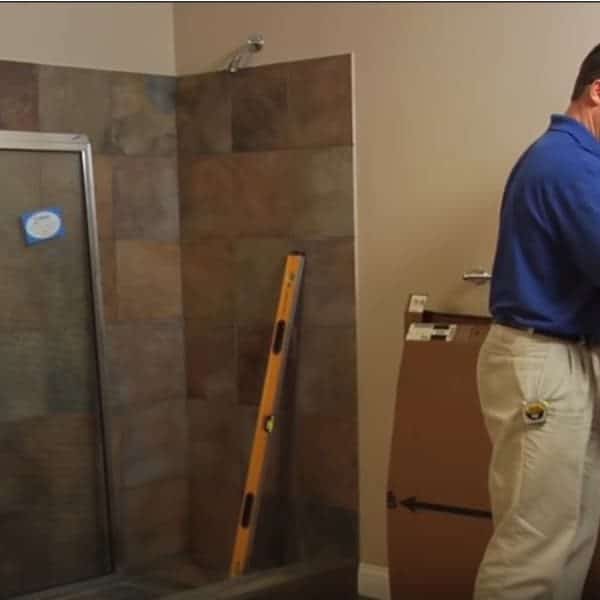Taking a steaming shower can be one of life’s little pleasures. It’s a moment when you can forget all the stresses and worries of your daily life and enjoy the rejuvenating properties of the hot water on your skin. But nothing spoils a shower like low water pressure.
If your shower is more of a limp dribble than a blasting jet, you may be looking for ways to improve matters. If that sounds like a situation you are facing, here are our top 11 tips to increase water pressure in your shower to help you solve the problem.
Why is my water pressure low in my shower?
Before we talk about how to increase the water pressure in your shower, first, we need to think briefly about what causes low water pressure in the first place. This knowledge will help you understand the steps you need to take to solve the problem.
The first reason is related to the plumbing in your house. Low water pressure may be due to any blockages or leaks in your plumbing system, so making sure your plumbing system is in good condition is the first step for increasing water pressure in your shower.
Since this is the area you have the most control over, most of our tips below are related to this.
Another issue may be that you live in an area where the mains pipes are old. This is especially common in cities since it is harder for local authorities to upgrade old pipes without causing serious disruption, and this will mean not enough water is flowing into your home.
This is something you have less control over, but there are still solutions you can consider. For example, see #8 and #9 below.
Alternatively, if you live in a rural area, your water may come from a well. In this case, a broken or faulty pump may be the reason for your low water pressure.
Finally, low water pressure may come from the demands being placed on the supply, either within your home or by your neighbors. You can find solutions for this in #10 and #11.
How to increase water pressure in your shower?
There are several things you can do to improve water pressure in your shower, and most of our tips will cost you next to nothing.
Simply work through our list one by one to see if there is an inexpensive way for you to improve the water pressure in your home. If all else fails, you may consider trying one of the more expensive solutions we suggest.
1. Clean the shower head
With time, shower heads can become blocked with sediment as well as limescale and mineral deposits. If this happens, you will find the water flow slows to a trickle, even if you have good water pressure in the rest of your home.
Unscrew the shower head and clean any sediment from inside. If the shower head has a filter, remove it and clean that too. You can use a toothbrush or something similar for this operation.
Also, try cleaning each individual rubber nozzle to make sure there are no blockages. Many modern shower heads don’t require any special equipment for this – they are designed to be cleaned just by rubbing them with your fingers. If not, a toothbrush can be a useful tool.(1)
If there is a visible mineral build-up on the shower head, fill a bowl with enough vinegar to completely immerse the shower head and leave it to soak overnight.
Once the shower head is clean, screw it back on and try again. If the water pressure has increased, you have already solved the problem.
2. Check for a flow restrictor
In recent years, many shower head manufacturers have begun incorporating flow restrictors into their designs, partly due to the requirements of the National Energy Act (in the US), partly to help customers reduce their water bills and partly to help protect the environment.
However, if you live in a low water pressure area or your home suffers from problems of low water pressure already, a flow restrictor will reduce an already meagre flow to a pathetic dribble.(2)
The answer is simple: you just need to remove the flow restrictor. Refer to the user manual that came with your shower head for how to do this. After removing the restrictor, put the shower head back in place and check if the flow is better.
3. Check for kinks
Another quick fix might be to check for kinks in the hose or the water line. If your shower has a flexible line rather than pipes, make sure there are no kinks in it preventing the flow of water. If you have a handheld shower head, make sure the hose is not twisted.(3)
4. Check that the valve is fully open
If you have recently had building work done or you have just moved into a new home, it’s always worth checking that the main shut-off valve is fully open.
Sometimes plumbers or other workers shut off the water valve and then forget to open it when they finish the job.(4)
You can usually find the valve in your basement or where the mains system enters your home. It will probably have a red lever. Make sure it is fully open and then check your water pressure again to see if it has made a difference.
5. Check for leaks
If you have leaking pipes, this will reduce the amount of water that reaches your shower. Furthermore, leaking water can also cause significant damage to your home, so if you have leaks, it is important to find them quickly and repair them.(5)
Check all the pipes in your home and call a plumber to repair any leaks. You can make temporary repairs using epoxy putty.
6. Open the water heater shut-off valve
If you have good pressure when using cold water but lower pressure with hot water, the problem could be coming from your water heater. The first thing to do is to check that the shut off valve is open. If not, open it, and this should solve the problem.(6)
7. Flush the water heater
Another water heater-related issue is that your water tank could have become blocked by sediment. The pipes could also have become blocked by debris.
Drain your water heater and flush out all the lines. This should remove any debris in the pipes and solve the problem of low hot water pressure.
8. Buy a high-pressure shower head
If the problem is not related to your plumbing, a relatively inexpensive option you can try is to buy a special shower head for low water pressure. These are shower heads that are designed specifically to help increase water flow in areas with pressure issues.
While these products can’t perform miracles, if your water pressure is low, they can help produce a more powerful jet of water than a regular shower head. This could be an option worth investigating before you start looking at more expensive solutions.
9. Install a shower pump or similar
If you have tried everything else and nothing has helped, you will need to start thinking about options that will cost a little more.
One possibility is to install a shower pump to boost the pressure. While this will cost you more than a low-pressure shower head, it is still at the more affordable end of the price scale.
At this point, unless you have good plumbing skills, you will need to speak to a professional about buying a shower pump and having it installed.
You can also speak to your plumber about other similar possibilities that might be suitable for your situation, but you will also have to consider how much money you are willing to spend because some solutions can be expensive.
10. Take showers during off-peak hours
If you are unwilling to spend the money on a pump, an alternative is simply to take showers during off-peak hours.
Sometimes we might not realize, but at certain times of the day when all our neighbors are taking showers before heading off to school or work, there is more demand for water and there is simply less of it available.
If you can adjust your schedule to take your shower at a time when fewer other people are using water, you may find the pressure is greater.
11. Turn off other appliances
Similarly, if you try to take a shower while you are also running a washing machine and a dishwasher, you are placing increased demands on the water supply.
While this might not matter in areas with good water pressure, if your water pressure is already not great, showering while running multiple appliances will exacerbate the problem, reducing the flow in your shower to a trickle.
Another quick fix, then, is to reduce the demands on the water supply. Take your shower first and start the dishwasher after – you may find this is all you need to do to make a difference.
Plenty of inexpensive options to try first
If you are lucky, you may be able to find an inexpensive quick fix for the problem of low water pressure in your home. For example, if it is something as simple as cleaning the shower head or opening a valve, it won’t cost you anything.
If the problem comes from the mains supply, a low-pressure shower head may do the trick – but if that doesn’t work, you might need to start considering options that are likely to cost you a little more money.
Don’t forget to pin it!
